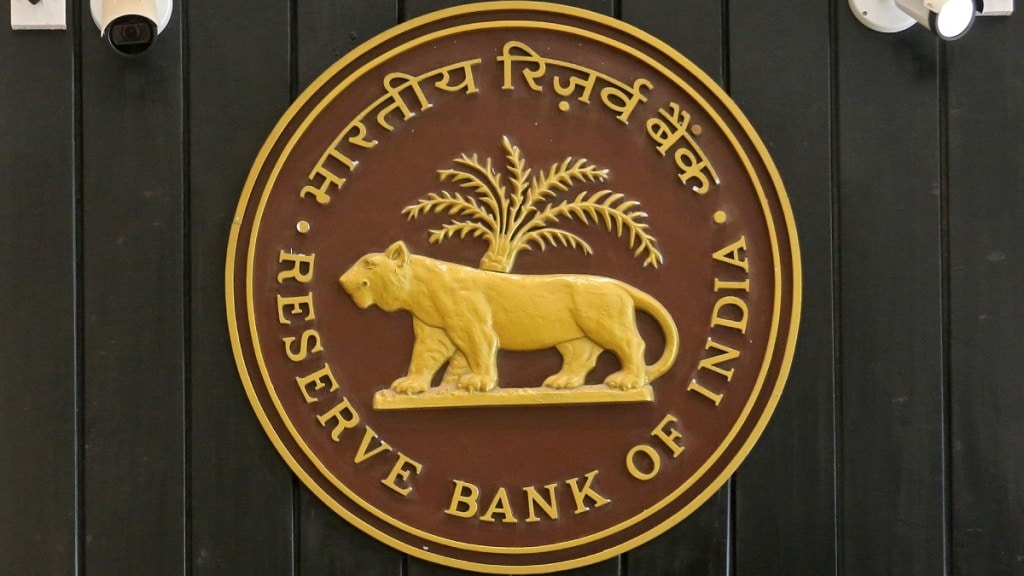Banks, NBFCs and other financial entities must continue to give the highest priority to quality of governance, Reserve Bank of India (RBI) governor Shaktikanta Das said, adding that the central bank will continue to constructively engage with them in this regard.
“Let me emphasise that banks, NBFCs and other financial entities must continue to give the highest priority to quality of governance and adherence to regulatory guidelines,” said Das while presenting the first monetary policy of the current fiscal. “Financial sector players, by and large, operate with public money – be it of depositors in banks and select NBFCs or investors in bonds and other financial instruments. They should always be mindful of this,” he said.
It needs to be recognised that financial stability is a joint responsibility of all stakeholders, Das said.
The governor’s remarks follow the RBI’s recent actions against financial institutions such as JM Financial Products, IIFL Finance and Paytm Payments Bank due to regulatory and governance lapses. Das, however, said that key indicators of capital and asset quality of banks and NBFCs continue to be healthy.
The capital adequacy ratio (CRAR) and the liquidity coverage ratio (LCR) of scheduled commercial banks (SCBs) were well above the regulatory threshold, according to the latest RBI data. As per provisional data, the CRAR ratio of SCBs stood at 15.9% in December 2023. The provision coverage ratio increased to 75.6%. The LCR of SCBs was comfortable at 131.4%, much above the minimum stipulation of 100%. GNPA ratio has dipped to 3% in December 2023 from 3.3% in September 2023 and 3.8 % in March 2023 while the net NPA ratio of SCBs declined to 0.7%.
“One of the core tenets of supervision to manage financial stability risks is quality of governance. Quality of governance serves as a leading indicator flagging off any concerns or issues that the management may encounter while running their financial services business,” Vivek Iyer, partner, Grant Thornton Bharat, told FE. “Past systemic risk issues that have arisen have primarily been on account of governance failures and the RBI wants the regulated entities to remember this and keep their focus on the same.”
The RBI has also been engaging with regulated entities and various stakeholders for simplifying its regulations and reducing the compliance burden, said the governor. “As part of this endeavour, the recommendations of the Regulations Review Authority (RRA 2.0) constituted by the Reserve Bank have largely been implemented,” he said. “RRA 2.0 has set a new benchmark for meaningful engagement between the regulator and regulated entities.
The RBI formed internal review groups in 2023 to rationalise, simplify and remove obsolete regulations and streamline the reporting mechanism. In pursuance of recommendations of RRA 2.0 and internal review groups, more than one thousand circulars have been withdrawn.
“The Reserve Bank will continue to follow a consultative approach and undertake review of regulations in line with the evolving financial landscape,” said the governor.

